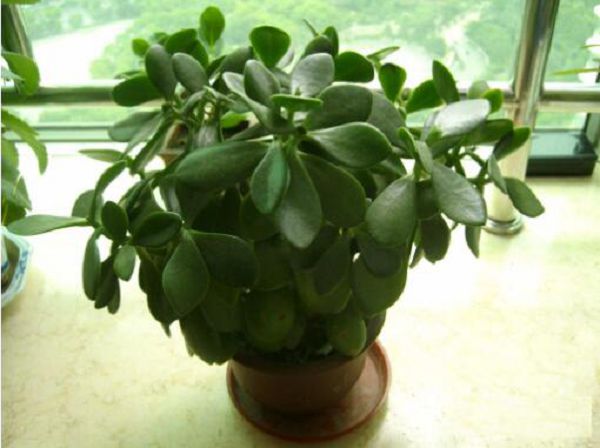How to prevent Frost of Flowers in greenhouse
In the severe winter, the temperature is low, and the frost injury of flowers in the greenhouse occurs from time to time. This paper introduces some methods to prevent frost injury.
1. Adding mulch around the flowers in the greenhouse at night can increase the temperature by 1 ℃ to 2 ℃. The temperature of the greenhouse can be increased by 2 ℃ to 3 ℃ by adding a layer of thin razor on top of the original grass clover. Covering the original grass grass with a film can not only block the wind, but also prevent rain and snow from wetting the grass, thus reducing the heat loss caused by water evaporation.
Second, before the arrival of the cold current of smoking around the greenhouse, igniting smoke around the greenhouse can prevent the heat around the greenhouse from radiating to the high air and reduce the heat loss.
Third, often clean the greenhouse film to remove the dust, dirt and snow on the greenhouse film in time, which can increase the light and improve the temperature of the greenhouse.
4. Plastic film mulching or small arch greenhouse is cultivated in high ridges, which can be covered with a layer of plastic film on the high ridges, which can generally increase the ground temperature by 2 ℃ to 3 ℃, while in flat cultivation, a small arch greenhouse can be set up to increase the ground temperature.
Fifth, dig the cold-proof ditch in the south of the outside of the greenhouse and fill it with thermal insulation materials such as horse dung, weeds and straw, which can prevent the ground temperature from losing outward and increase the ground temperature in the south of the greenhouse.
Sixth, the double-layer film is covered with another layer of film under the non-dripping film, because there is air between the two layers, it can obviously increase the temperature in the shed.
7. Use the thermal insulation of the storage tank to dig a storage pool every few meters in the middle of the greenhouse, cover the bottom with plastic film, then fill it with clean water, and then cover the upper part of the pool with a transparent film (to prevent the evaporation of water in the pool and increase the air humidity in the greenhouse). Because the specific heat of water is large, it can absorb heat at noon (at high temperature) and release heat at night.
Eighth, timely uncover the grass cover when the temperature conditions permit, uncover the late cover as early as possible to promote the photosynthesis of flowers. In the deep winter, when the sun shines all over the shed in the morning on a sunny day, the temperature in the shed is generally not lower than 18 ℃. In cloudy or cloudy days, the light is weak, so that the grass should be opened in time to make the scattered light enter, on the one hand, it can increase the temperature, on the other hand, because there is more blue-purple light in the scattered light, it is beneficial to photosynthesis. Do not uncover the grass for a long time, resulting in cold inside the shed and a sharp drop in temperature.
Increase the application of organic fertilizer in the shed to apply horse dung, broken grass and other brewing heat, in order to improve the ground temperature. The decomposition of organic fertilizer can release heat.
Hang the reflective curtain and hang the polyester aluminized film on the north side of the greenhouse, which can increase the illumination in the greenhouse and increase the greenhouse temperature by 2 ℃ to 3 ℃.
Eleventh, if you encounter extremely cold weather by using the fire or heating, you can add a stove or turn on the heating in the shed. However, when using the stove to heat up, we should pay attention to prevent flower gas poisoning (install chimneys to output gas outside the shed). Be careful not to light firewood and grass in the shed to warm up, because the smoke emitted by firewood and grass burning does great harm to flowers.
Spray antifreeze before cooling, spray the stems and leaves of the plant with 400 to 700 times liquid of antifreeze, which can prevent cold and resist freezing.
13. The plant ash scattered on the ground is grayish black and has a strong heat absorption ability. after evenly scattered on the ground, the ground temperature can be increased by 1 ℃ to 2 ℃.
Related
- What if the leaves of potted flowers turn yellow?
- Florescence Control of several Flowers
- Anti-freezing technology and post-freezing nursing technology of flowers
- What is the classification of flowers? What are the common methods of flower classification?
- Prevention and control of alkali and acid damage of flowers in courtyard
- Technology of Anti-freezing and restoring growth of Flower seedlings in greenhouse and greenhouse
- How does flower fertilization not hurt the root? Fertilization technology of flowers
- Key points of disinfection in flower greenhouse
- Several pesticides that are banned or used cautiously in flowers
- How to fertilize the flowers that watch the leaves?



